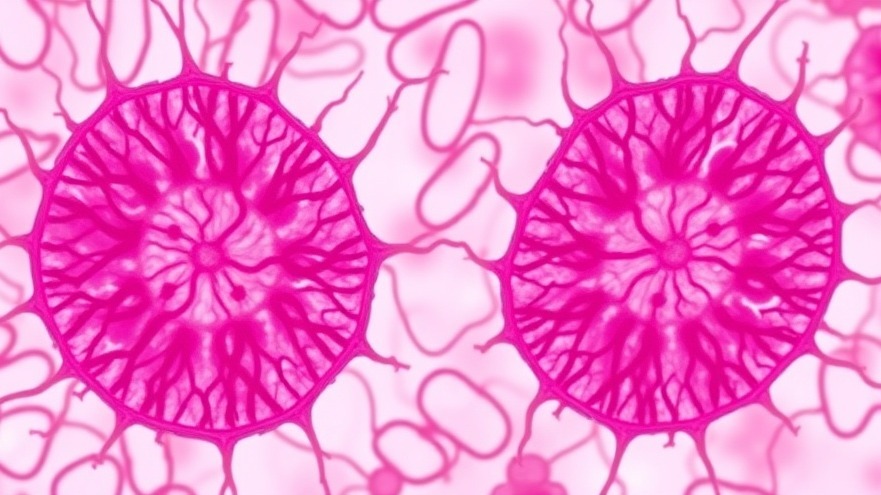
A Major Leap in Liver Regeneration: Understanding Multi-Zonal Organoids
In a significant breakthrough for regenerative medicine, scientists have demonstrated that multi-zonal liver organoids, derived from human stem cells, can dramatically improve survival rates in rodents with liver injuries. Research published in Nature details how these innovative organoids emulate the human liver's complex structure, which operates through three distinct zones, each specializing in different functional roles.
The Importance of Zonal Organization in Liver Function
The liver plays a critical role in detoxifying blood and metabolizing nutrients, its functionality heavily reliant on the correct interaction of three zones: Zone 1, Zone 2, and Zone 3. Each zone has its unique responsibilities, from oxygen and nutrient metabolism to waste management. Prior approaches to organoid technology seemed to overlook this zonal complexity, limiting their effectiveness in replicating human liver functions.
How Multi-Zonal Organoids Enhance Survival Rates
The approach taken by researchers at Cincinnati Children's Hospital Medical Center was revolutionary. By integrating three distinct zones into their organoids, they effectively recreated the architecture of the human liver, leading to a survival rate that nearly doubled in rodents receiving these transplants compared to those given single-zone organoids. This improvement signifies a monumental stride towards creating more effective treatments for serious liver disorders.
A Potential Game-Changer for Liver Disease Treatment
As Takebe mentions, this new system is not just a model for basic research; it lays the groundwork for therapeutic applications ranging from liver disease treatment to drug development initiatives. Conditions such as diabetes, drug-induced liver injury, and viral hepatitis can now be studied more effectively, potentially speeding up the creation of new clinical therapies and interventions.
Implications for Organ Transplantation Waiting Lists
The longer-term implications of these findings are jaw-dropping, especially for patients awaiting liver transplants. The prospect of utilizing lab-grown liver patches might not only alleviate the shortage of available organs but also revolutionize how we approach liver dysfunction and recovery. If this technology can be translated from animal models to human applications, it could save countless lives.
Future Directions: Bridging to Human Applications
Though the research is at an early stage, the next steps would involve translating these organoid capabilities to human patients. They could serve as interim solutions for those with severe liver diseases while bridging the gap until organ donations become available. This transition is critical and demands a concerted effort among researchers, clinicians, and the regulatory bodies to ensure safe and effective clinical applications.
Final Thoughts: Why This Matters to Concierge Health Practitioners
For practitioners focused on concierge health, staying abreast of advancements in medical technology such as multi-zonal liver organoids is crucial, as they will eventually influence patient care and treatment plans. Knowledge of these developments not only prepares practitioners for informed discussions with patients but also establishes them as leaders in an evolving healthcare landscape.
Status quo in healthcare is rapidly shifting, and innovations like these organoids are prime examples of how technology is poised to advance medical practice. Ensuring you’re informed about these developments could mean the difference between taking proactive versus reactive approaches in care.
As we continue to monitor the progress of this research, it’s pivotal for health practitioners to discuss advancements with their patients actively, creating an engaging dialogue that empowers them with knowledge about potential future treatments.
 Add Row
Add Row  Add
Add 






Write A Comment